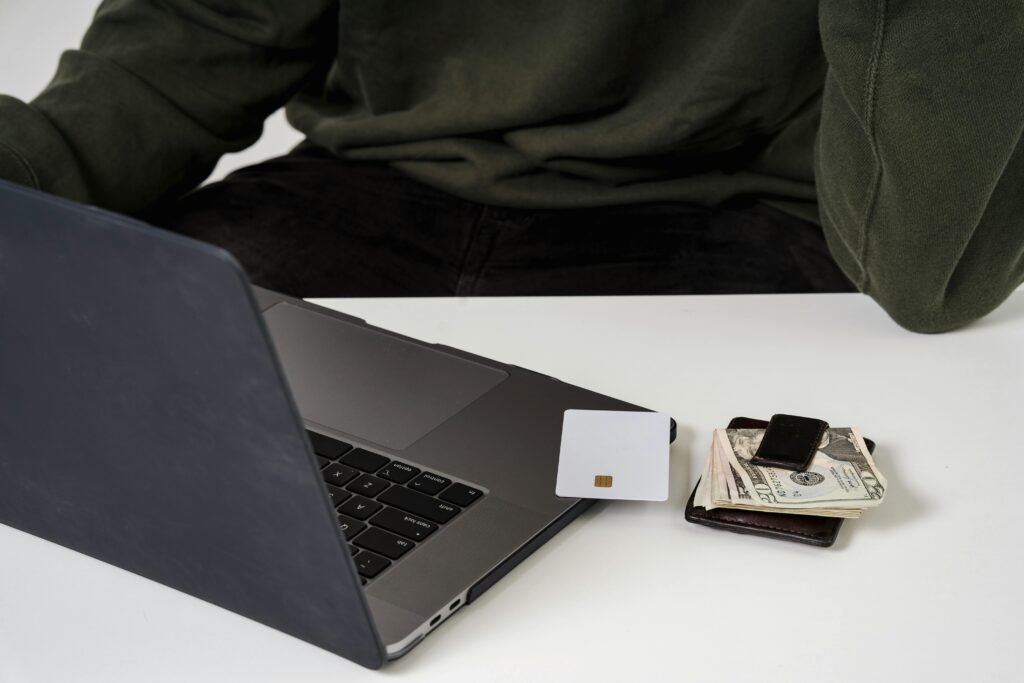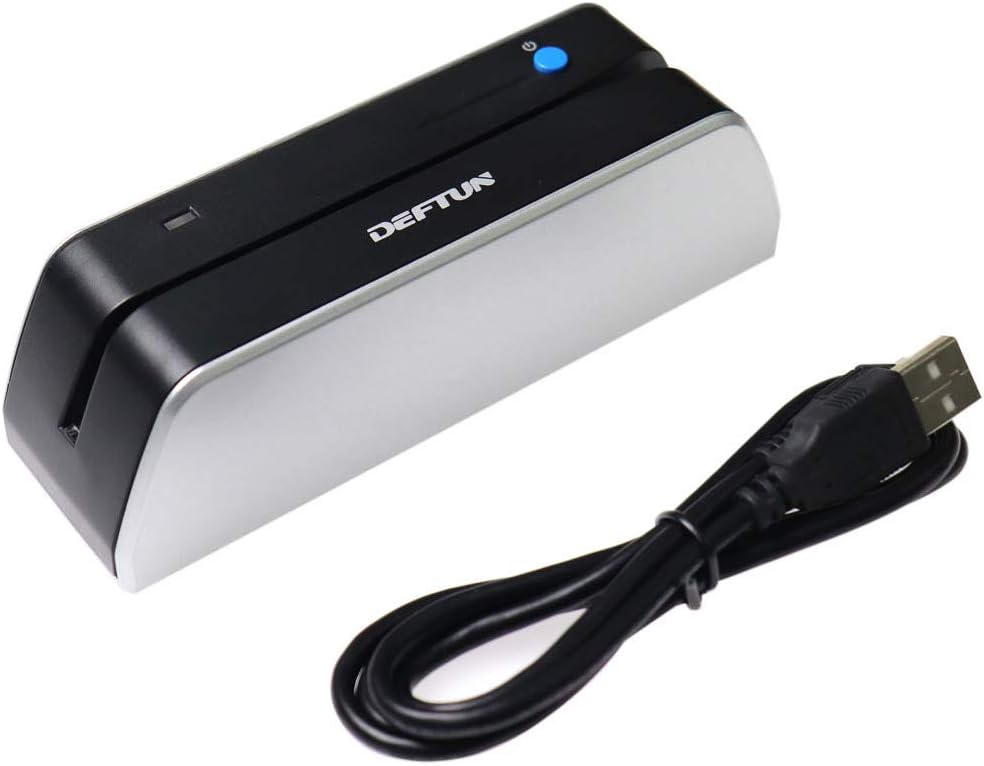Table of Contents
What is Carding Fraud?
Carding Fraud involves the unauthorized use of credit or debit card information for fraudulent transactions. Hackers employ a variety of deceptive techniques to obtain this data, including phishing scams, ATM skimming ( Credit Card Skimmer ), or purchasing it on underground forums. Once acquired, they proceed to create fake identities and exploit the compromised information for financial gain.

Steps Involved in Carding Fraud
Information Gathering
- Carding Fraud Information Gathering
- Hackers begin by gathering personal and financial data through various means, including phishing emails, social engineering tactics, or purchasing card details on the dark web. They scour the internet for vulnerable individuals and businesses, seeking out weaknesses to exploit.
Card Verification
- Carding Fraud Card Verification
- Once they obtain card details, hackers validate the information to ensure its authenticity and usability. This may involve checking the card’s validity, balance, and other relevant details through illicit means or automated verification tools.

Creating Fake Identities
- Carding Fraud Fake Identities
- To conceal their identity and evade detection, hackers create intricate web of fake personas or identities using the stolen information. This includes generating false names, addresses, and other personal details, weaving a tangled web of deceit to further their criminal activities.
Making Unauthorized Transactions
- Carding Fraud Unauthorized Transactions
- With the fake identities in place, hackers proceed to carry out unauthorized transactions with brazen confidence, using the compromised card information. They exploit vulnerabilities in online payment systems, making purchases, cash withdrawals, or other fraudulent activities with impunity.
Monetizing Stolen Data
- Carding Fraud Monetization
- Once successful transactions are made, hackers capitalize on their ill-gotten gains by monetizing the stolen data. They sell it on underground forums or dark web marketplaces to the highest bidder, perpetuating the cycle of Carding Fraud and fueling further criminal activities.
Strategies to Prevent Carding Fraud
Protecting Personal Information
- Carding Fraud Protection
- Be vigilant against phishing attempts and never share personal or financial details with unverified sources.
- Strengthen online security with robust passwords and enable two-factor authentication to prevent Carding Fraud.
Monitoring Financial Statements
- Carding Fraud Monitoring
- Regularly review credit and bank statements to detect any suspicious activity or unauthorized transactions.
- Promptly report any discrepancies or fraudulent charges to financial institutions to prevent further losses.
Using Security Software
- Carding Fraud Prevention Tools
- Install and keep anti-virus and anti-malware software updated on all internet-connected devices to detect and prevent cyber threats effectively.
- Employ firewall protection to thwart unauthorized access to sensitive information and prevent Carding Fraud.
Exercising Caution in Public Spaces
- Carding Fraud Prevention Tips
- Avoid using public Wi-Fi networks, as they are vulnerable to hacking and can compromise personal data.
- Exercise caution when using ATMs, particularly in secluded or poorly lit areas, and shield the keypad when entering PINs to prevent Carding Fraud.
A Captivating Story about Carding Fraud
Imagine a bustling e-commerce platform owned by Samantha, a passionate entrepreneur with dreams of success. Samantha poured her heart and soul into her business, providing top-notch products and exceptional customer service to her loyal clientele. However, her dreams were shattered when she discovered a sinister plot unfolding beneath the surface.
One fateful day, Samantha noticed a flurry of unauthorized transactions on her website, using customers’ credit card data without their consent. Shocked and dismayed, she delved into the depths of this nefarious scheme, determined to uncover the truth. What she unearthed was a web of deceit spun by cunning hackers, who had infiltrated her website and stolen sensitive customer information with ruthless efficiency.
Armed with this stolen data, the hackers embarked on a spree of fraudulent activity, making unauthorized purchases and wreaking havoc on Samantha’s once-thriving business. But Samantha refused to be a victim. With unwavering resolve, she took immediate action to shore up her defenses, implementing cutting-edge security measures and educating her customers about the perils of Carding Fraud.
Through sheer determination and resilience, Samantha emerged victorious, thwarting the hackers’ malicious intent and safeguarding her business from further harm. Her story serves as a powerful reminder of the importance of vigilance and preparedness in the face of cyber threats, inspiring others to take proactive steps to protect themselves against the insidious dangers of Carding Fraud.
Conclusion
In conclusion, understanding the step-by-step process involved in Carding Fraud is crucial for bolstering defenses against such attacks. By implementing robust security protocols and staying informed about emerging threats, individuals and businesses can protect themselves against the detrimental effects of Carding Fraud. Remember, awareness and prevention are key in safeguarding personal and financial information from falling into the hands of cybercriminals.

